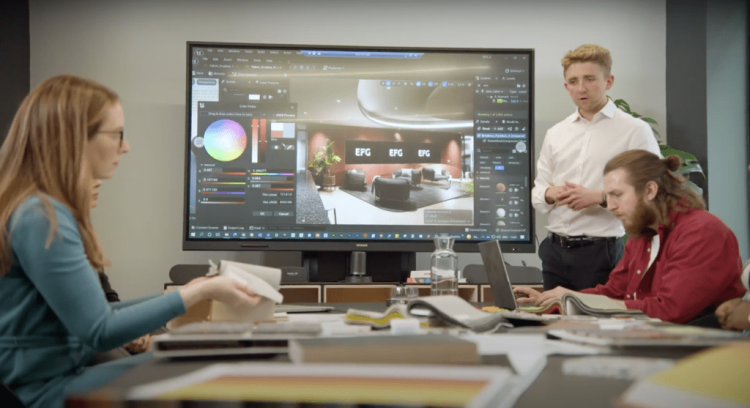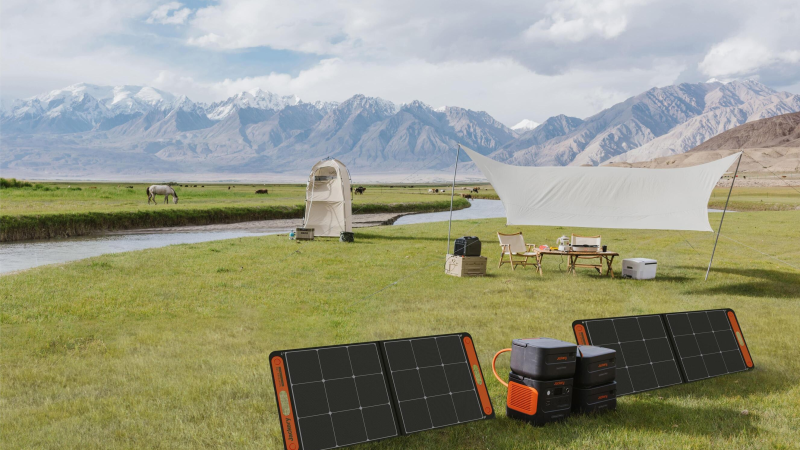Real-Time Collaboration in 3D Design

Historically, 3D design has been a solitary process, with individual users creating files and manually sharing them with collaborators. However, with the advent of real-time collaboration, designers can now work together on the same file and see changes happen instantaneously [1]. This article explores the concept of real-time collaboration in 3D design, its benefits, and the tools that enable this collaborative workflow.
Benefits of Real-Time Collaboration
Real-time collaboration in 3D design offers several advantages over traditional methods. Firstly, it enhances communication and teamwork among designers, allowing them to work simultaneously on a project and see each other’s changes in real-time. This immediate feedback loop fosters creativity and accelerates the design process [1].
Furthermore, real-time collaboration improves efficiency by eliminating the need for manual file sharing and version control. Designers can access the latest version of a project instantly, reducing the risk of working on outdated files [2]. This streamlined workflow saves time and ensures that all team members are on the same page.
Real-time collaboration also promotes transparency and accountability. Each team member’s contributions are visible to others, enabling effective project management and facilitating constructive feedback. This transparency enhances collaboration and ensures that everyone is aligned with the project goals [2].
Tools for Real-Time Collaboration
Several tools have emerged to facilitate real-time collaboration in 3D design. One notable example is NVIDIA Omniverse™, a platform built on Universal Scene Description (USD) that enables artists, designers, engineers, and developers to connect and build custom 3D pipelines [4]. With Omniverse™, teams can collaborate in real-time, sharing assets and creative applications within virtual worlds [3]. This platform provides a scalable and multi-GPU environment for 3D simulation and design collaboration [3].
Another tool that enables real-time collaboration in 3D design is Spline. Spline is a browser-based 3D design tool that offers real-time collaboration capabilities [5]. With Spline, designers can work together in real-time, set individual permissions, and create interactive experiences with their 3D models [5]. This tool also provides features such as parametric object modeling, polygonal editing, animation, and 3D sculpting [5]. Spline’s intuitive interface and collaborative features make it a popular choice for designers seeking real-time collaboration in their 3D projects.
Applications of Real-Time Collaboration in 3D Design
Real-time collaboration in 3D design has found applications across various industries. In architecture and construction, real-time design collaboration is crucial for ensuring that all parties involved have access to the latest design data [2]. This enables architects, engineers, and contractors to review and coordinate their work simultaneously, minimizing errors and improving project efficiency [2].
Real-time collaboration is also valuable in the gaming and entertainment industry. Game developers can collaborate on 3D assets, environments, and animations in real-time, allowing for faster iteration and more immersive gaming experiences [3]. Additionally, real-time collaboration in 3D design enables virtual production workflows, where filmmakers can visualize and make changes to virtual sets and characters in real-time during the pre-production phase [3].
Conclusion
Real-time collaboration in 3D design has revolutionized the way designers work together. It enhances communication, improves efficiency, promotes transparency, and enables faster iteration. Tools like NVIDIA Omniverse™ and Spline provide the necessary infrastructure and features to facilitate real-time collaboration in 3D design projects. As technology continues to advance, we can expect further innovations that will empower designers to collaborate seamlessly and create stunning 3D designs.





